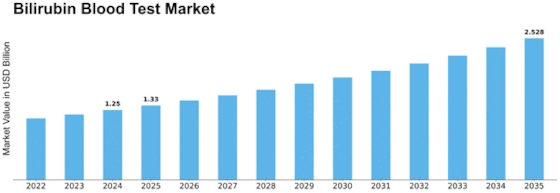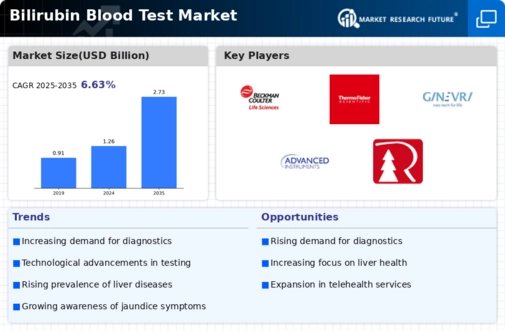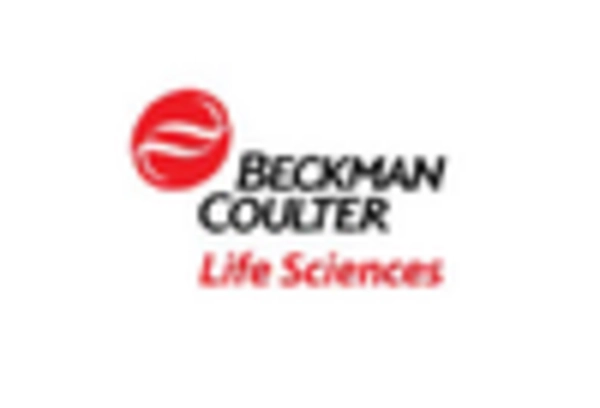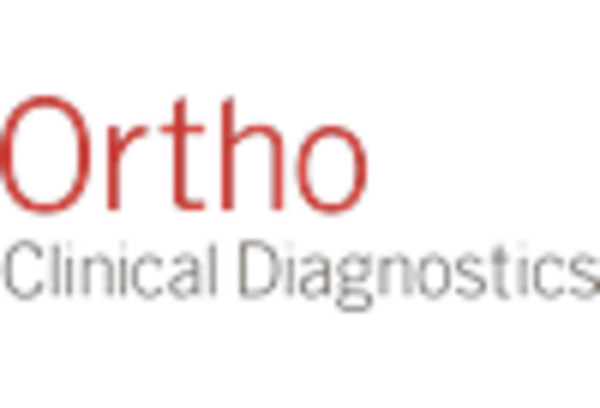Bilirubin Blood Test Size
Bilirubin Blood Test Market Growth Projections and Opportunities
The bilirubin blood test is a vital diagnostic process that involves measuring the levels of bilirubin in the human body. Generally, there are three types of tests employed for this purpose: total serum bilirubin (TSB), direct (conjugated) bilirubin test, and indirect (unconjugated) bilirubin test. The total serum bilirubin (TSB) test held the largest market share at 47.37% in 2014, with a value of USD 495.4 million, and is anticipated to exhibit the highest Compound Annual Growth Rate (CAGR) of 5.77% during the forecast period. The direct bilirubin test was the second-largest market in 2014, valued at USD 454.3 million, and is projected to grow at a CAGR of 5.25%. The measurement of bilirubin blood tests primarily relies on the total serum bilirubin and direct bilirubin tests. Various devices facilitate the measurement of bilirubin blood tests, and these tests can be conducted using both invasive and non-invasive methods. In many developed countries, professionals prefer the invasive method, utilizing photometric analyzers that have become more compact, providing flexibility and precise measurements on a digital display. This advancement has not only reduced the cost of measuring bilirubin but has also increased energy efficiency. The global photometric analyzer market is expected to reach USD 361.7 million by 2027 from USD 161.2 million in 2014, with an anticipated CAGR of 6.47% during the forecasted period.
Conversely, the non-invasive method of conducting bilirubin blood tests is still prevalent in developing countries, where traditional methods are employed due to limited access to advanced devices.
The market is further segmented based on application into pediatric/infants and adults, reflecting the age-related differences in bilirubin presence. Newborn babies typically have higher levels of bilirubin due to lower immunity, leading to neonatal jaundice. The significant prevalence of neonatal jaundice propels the growth of the global bilirubin blood test market. Consequently, pediatric/infants held the largest market share at 65.25% in 2014, with a value of USD 683.7 million, and is expected to register the highest CAGR of 5.70% during the forecast period.
Moreover, the market is segmented based on end-users, including hospitals, pediatric clinics, and home healthcare. Hospitals dominate among the end-users, primarily because jaundice is a common cause for the readmission of babies after early discharge. Hospitals accounted for the largest market share at 57.79% in 2014, with a market value of USD 624.5 million, and are anticipated to experience the highest CAGR of 5.69% during the forecast period.










Leave a Comment